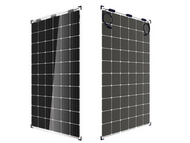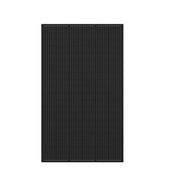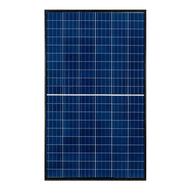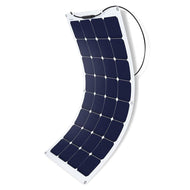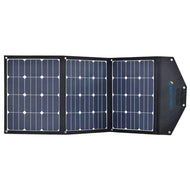About Thin Film
A thin-film solar panel is a new-gen solar cell technology that comprised substrates of glass, plastic and metal. The layers can be up to 300 - 350 times smaller than the layers of standard silicon panels. It is made by depositing one or more thin layers, or thin-film (TF) of photovoltaic material on it. Film thickness varies from a few nano-meters (nm) to tens of micrometers (µm), that allows thin-film cells to be flexible, and lower in weight.
Applications:
- Used as building-integrated photovoltaic.
- Used as semi-transparent, photovoltaic glazing material that can be laminated onto windows.
- They can be used in caravan, RV, tent & military purposes.
- They can be used in forest travelers or inhabitants of the areas as well.
- They can be used to power traffic and street lights.
Advantage:
- Lightweight & flexible
- Least price
- Highly portable
- Good performance at high ambient temperature
Disadvantage:
- Having least efficiency (6-10 percent)
- The thin-film cells have a shorter lifetime
- Higher space requirement, to achieve the same performance as the crystalline

 Bifacial
Bifacial Mono Crystalline
Mono Crystalline Poly Crystalline
Poly Crystalline Thin Film
Thin Film Foldable Solar Panel
Foldable Solar Panel Residential On Grid
Residential On Grid Commercial On Grid
Commercial On Grid Solar Storage / Hybrid Inverter
Solar Storage / Hybrid Inverter Solar Battery Inverter
Solar Battery Inverter RV Off Grid Solar Inverter
RV Off Grid Solar Inverter Lithium ion Batteries
Lithium ion Batteries AGM Batteries
AGM Batteries Lead Acid Batteries
Lead Acid Batteries Lithium Batteries
Lithium Batteries Lead Carbon Batteries
Lead Carbon Batteries Deep Cycle Flooded Battery
Deep Cycle Flooded Battery Solar Workstation
Solar Workstation Solar Security Camera
Solar Security Camera Solar Freezer
Solar Freezer Battery Charger
Battery Charger Meters
Meters Distribution Panel
Distribution Panel Battery
Battery Invertor Charger
Invertor Charger Breaker Panel
Breaker Panel